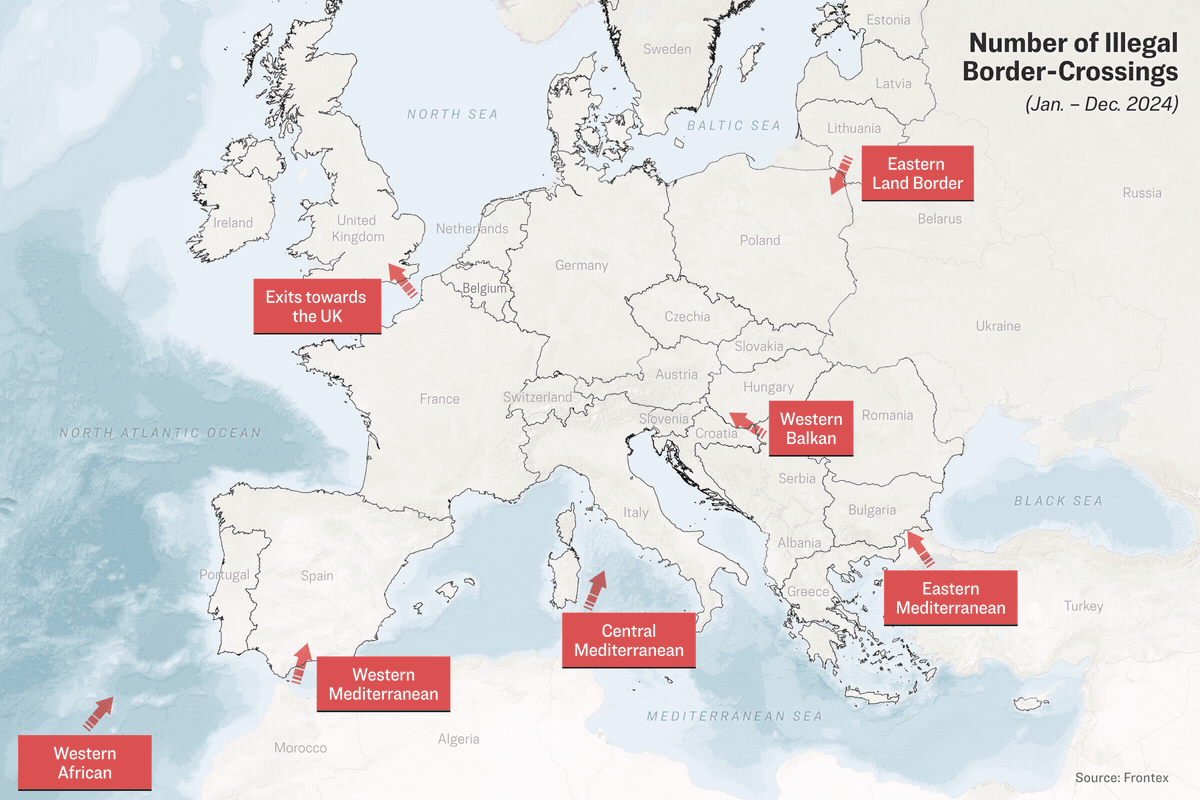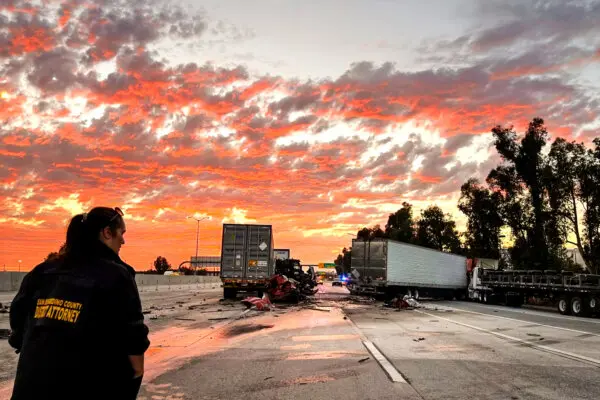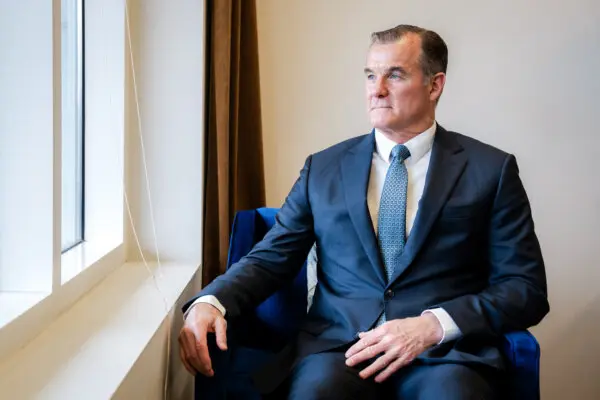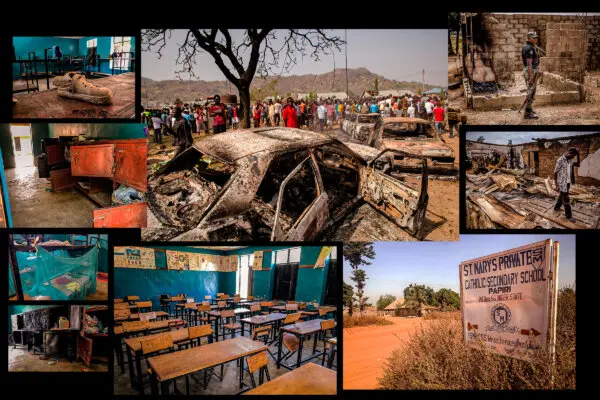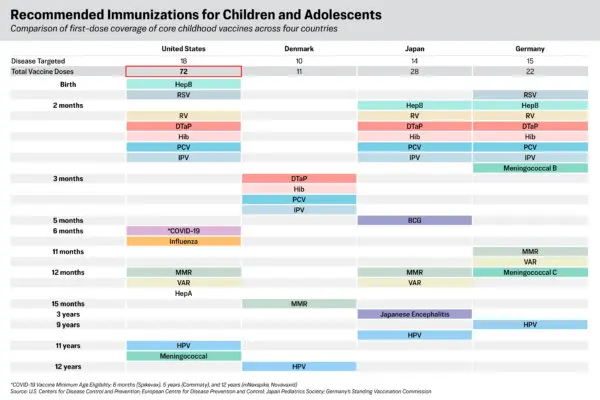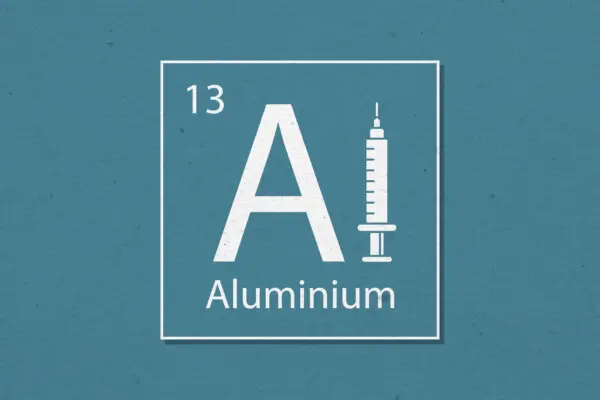In April, Italy became the first EU state to successfully send rejected asylum-seekers beyond the bloc’s borders, after its first three attempts were blocked by national and European courts.
The breakthrough came as the EU is also starting to enact broader plans to shift asylum processing offshore. Those plans will similarly need to run a gantlet of international laws and human rights standards that could ultimately tie them up for years, according to experts.
